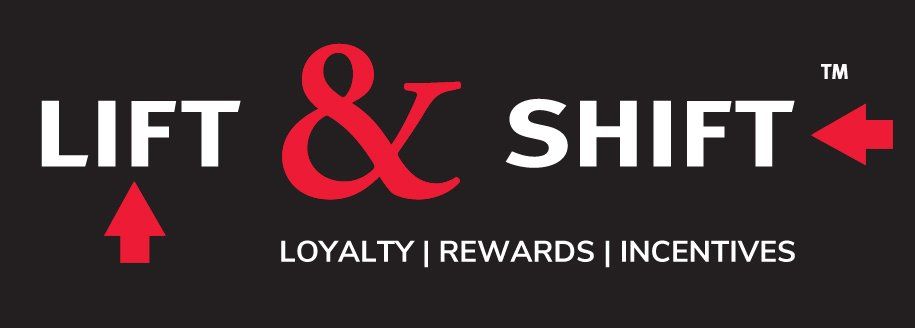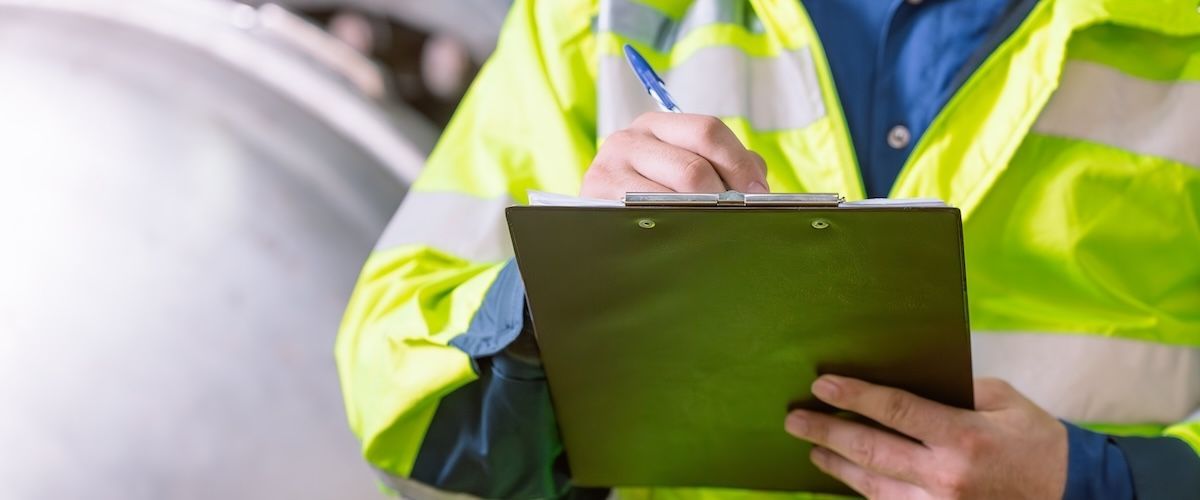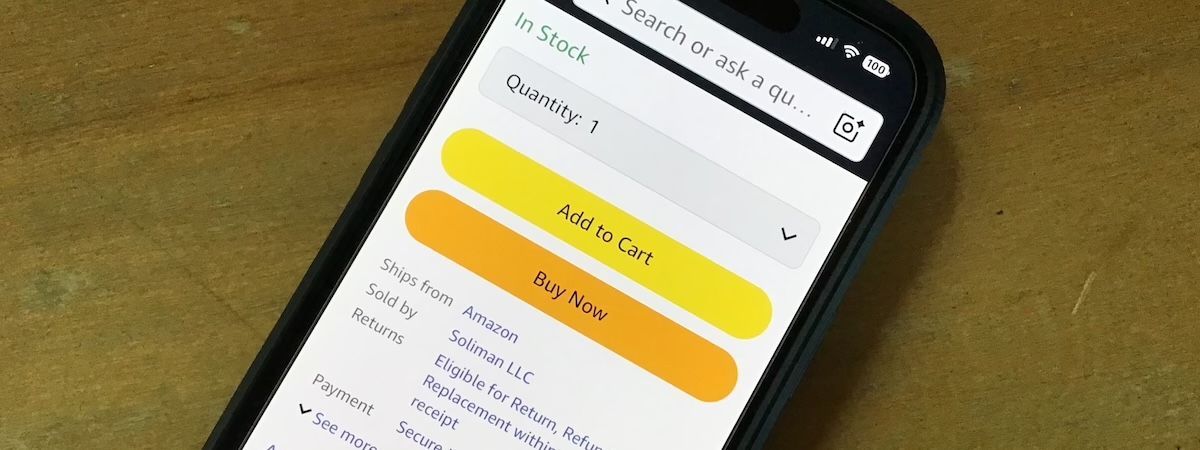Do B2B Loyalty Programs Work?

Because B2B loyalty programs are less common than their B2C counterparts, some may question their effectiveness—their logic being, “If they’re so valuable, why aren’t more B2B companies using them?”
The reality is, it’s not about B2B versus B2C. What determines success is how well the loyalty program is designed, aligned with business goals, and executed. Does it reflect the business sales objectives and economic realities? Is it actively promoted and used by your sales team to engage the right customers or channel partners?
When done right, B2B loyalty programs can be even more impactful than B2C. Because B2B relationships are built on trust, long sales cycles, and repeat purchases, a well-structured B2B loyalty program can drive stronger, more sustained business outcomes.
The case for B2B customer loyalty
Successful businesses are always looking to increase profits. Driving new sales and cutting costs are a couple of ways to accomplish this goal, but both approaches have substantial downsides. Acquiring new customers is expensive. Businesses need to invest to acquire new revenue growth, whether through advertising and marketing or employing more salespeople.
On the flip side, cutting costs may sound straightforward but can often lead to diminished product quality or customer service, contributing to customer attrition. Today, it's easy for customers to seek out new vendors at the click of a button.
Another way to drive profits is to employ enhanced customer loyalty techniques to increase customer engagement, retention, and loyalty. Doing so has many economic benefits that will help an organization increase profits with minimal investment and low risk. Consider some of the customer engagement and loyalty statistics included in the often-quoted study, The Economics of E-Loyalty, from the Harvard Business School:
- Acquiring new customers can cost as much as five times more than satisfying and retaining current customers
- A 2% increase in customer retention has the same effect as decreasing costs by 10%
- Increasing customer retention rates by 5% increases profits by 25 to 95%
- Customer profitability tends to increase over the life of a retained customer
One size does NOT fit all
The rule of thumb for all loyalty programs is that when the purchaser can benefit from the program, its impact is the greatest.
However, many large corporations and government agencies restrict participation in traditional loyalty programs. These organizations often follow strict procurement policies or employee codes of conduct that prevent individual rewards. Their loyalty is driven by business factors such as lowest cost, guaranteed supply, or fulfillment reliability—not by personal incentives.
Similarly, buyers and category managers for large chains or organizations typically cannot participate in a loyalty program for personal gain. But programs can still influence these decision-makers if structured to deliver value at the organizational level. For example, account credits, waived shipping fees, charitable donations, access to training, or travel funding for trade events can be offered as business-focused incentives.
By contrast, owner-operators—common among small and mid-sized B2B accounts—are highly responsive to loyalty programs because they make purchasing decisions and reap the rewards personally. The more they buy, the more they benefit, which will impact purchasing behavior.
Many companies serve a mix of customer types. They need to enhance the customer experience to minimize churn, increase retention, and grow sales. A well-structured loyalty program offers tailored rewards that match participant roles and organizational policies. While small and medium-size accounts will have a wide range of reward options to suit all tastes, larger customers with strict procurement rules will be excluded from a reward program as they receive other benefits to enhance the customer relationship.
Lift & Shift programs are designed with these nuances in mind. For larger customers, we provide organization-level incentives like account credits, free training, and charitable giving options. For small and mid-sized customers, we offer a wide-ranging catalog of individual rewards, including gift cards, brand-name merchandise, and once-in-a-lifetime experiences—ensuring every participant segment is recognized and motivated in the right way.
The role of customer data
Reward options, program language, and program purchase goals will all be driven by customer data. What has the customer been buying? How much, how often, and what things were bundled together? Have they bought your newest product category?
The more you know about the customer, the better. Most companies can learn a great deal about their customers if they analyze the customers' historical sales data and program profile data. Doing so allows you to tailor each customer's messaging, increasing program relevance and ensuring you are more likely to achieve program sales and profit objectives such as:
- Filling purchasing gaps
- Encouraging repeat purchases
- Introducing new products
- Reactivating lapsed customers
- Encouraging new customer referrals
Customer data is an incredibly valuable tool. Used correctly, it does many important jobs; used incorrectly, it doesn't.
Our article, Successful B2B Loyalty Programs Are Driven by Customer Data Analytics, provides more detail on how this is done.
B2B loyalty programs do work—when managed correctly
The key to success lies not in the idea of rewards alone, but in how the program is designed, deployed, and continually optimized by the B2B marketer. Here’s what makes the difference:
- Recognize and appreciate the value of customer retention. While acquiring new customers is important, it's costly and unpredictable. Retaining and growing your existing customer base is less expensive and has vastly better odds of success.
- Embrace the fact that B2B customers are not that different from B2C customers. They may have different job titles and purchasing structures, but B2B customers also value recognition, convenience, and tailored offers. The most successful programs are built around these shared motivators—while respecting the operational realities of B2B relationships.
- Let your data do the heavy lifting. Sales data should inform every element of your program—from eligibility rules and program setup to offer design, communications, content, and reward selection. A data-driven structure increases relevance for your customers and channel partners, ensuring stronger program engagement.
- Build a sound performance-based economic model. Incentives should be tied directly to profitable purchasing behaviors. When structured this way, rewards are self-funding, and the program consistently delivers a positive ROI.
- Learn from the program. Great programs evolve. A reward program is a long-term sales tool for your organization, and the program structure is not carved in stone. You are entitled to alter the program structure with reasonable notice to participants. Measure performance quarterly. Repeat what works and discontinue or tweak things that don't. When you ask participants for feedback and evolve your program to suit them better, you’ll strengthen trust and drive deeper engagement.
The Ultimate Guide to B2B Loyalty Programs
This article is part of a series covering how growth-based loyalty programs can elevate sales and company profits by incentivizing current customers to spend more, attracting new customers with appealing rewards, and motivating your sales team.
If you'd like to learn more about B2B Loyalty Programs, then please read the next article in the series:
"Understanding the differences between B2B and B2C Loyalty Programs"
For an overview of all articles in the series, please visit our resource page "The Ultimate Guide to B2B Loyalty Programs".
Lift & Shift™ offers a powerful B2B reward platform that can help your company leverage its sales data to drive incremental purchases with customers and channel partners or motivate sales staff. We work with manufacturers, distributors, and service providers to analyze sales data, identifying purchasing gaps and other valuable targeting opportunities.
We create and deliver highly relevant offers to customers, in-house sales staff, and sales associates, motivating your target audience to respond by utilizing a wide array of appealing reward options as incentives. Our performance-based reward structures deliver an unparalleled return on investment, with absolutely no wasted budget.
Our customizable reward platform enables clients to easily benefit from a robust loyalty reward program. It's affordable and includes Lift & Shift’s turnkey professional program administration. We take care of everything so you can focus on your key initiatives.
Looking to create or improve your program?
We can help!
Blog page form










